How to View Blocked Content or Websites on a Computer
- While most VPN services cost money, they are the most reliable way to bypass internet filters.
- A free web proxy like UltraSurf or HideMe might help, but some firewalls block these services.
- You can also use your smartphone as a Wi-Fi hotspot to bypass the network completely.
Method 1: Using a VPN
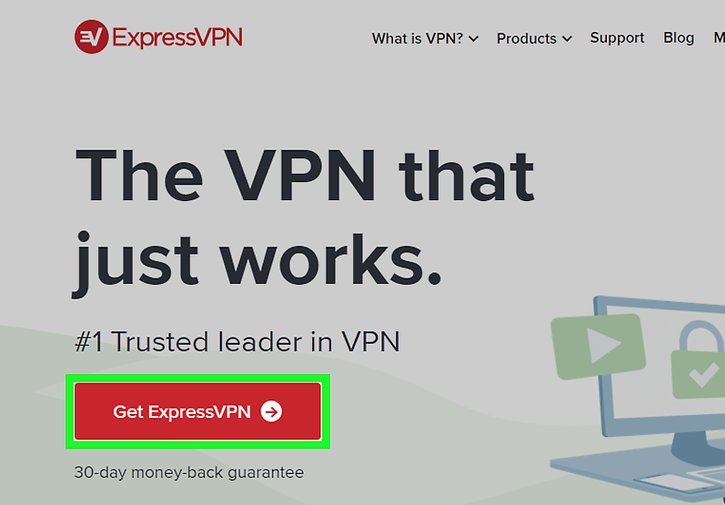
- Select a VPN:
- There are countless Virtual Private Network (VPN) services available. Popular ones include NordVPN and ExpressVPN, but you can choose one that fits your needs and budget.
- If the firewall or internet filter you want to bypass is on a library, work, or school computer, you may not be able to use a VPN since it requires changing your computer’s settings.
- Unlike proxies, VPNs will hide any online browsing while active.
- Most VPNs offer a free trial but eventually charge a small monthly or discounted annual fee.
- Subscribe to your VPN:
- Most VPNs require you to create an account. You’ll be given a server address, password, username, and other information needed to connect.
- You may also receive additional information if your VPN uses a different type of network than the default.
- Open your computer’s or phone’s VPN Settings page:
- The steps vary depending on your operating system and device:
- Windows: Open Start, click Settings, click Network & Internet, click the VPN tab, and click Add a VPN connection.
- Mac: Open the Apple menu, click System Preferences, click Network, click + in the lower-left corner, click the “Interface” drop-down box, and click VPN.
- iPhone: Open Settings, scroll down and tap General, scroll down and tap VPN, and tap Add VPN Configuration.
- Android: Open Settings, tap More below the “Wireless & networks” section, tap VPN, and tap + or ADD VPN.
- The steps vary depending on your operating system and device:
- Enter your VPN’s details:
- This section will vary depending on the kind of VPN you’re using, what kind of authentication your VPN requires, and more.
- If you have any questions about which information to use, check your selected VPN’s “Help” page.
- Save your VPN’s configuration:
- Once you’ve finished entering your VPN’s information, do the following:
- Windows: Click Save at the bottom of the page.
- Mac: Click Create, finish configuring your VPN as per your VPN’s instructions, and click Apply.
- iPhone: Tap Done in the top-right corner of the screen.
- Android: Tap SAVE.
- Once you’ve finished entering your VPN’s information, do the following:
- Connect to the VPN:
- Again, this will vary depending on your platform:
- Windows: Select the VPN on the “VPN” page, click Connect below it, and enter any requested details.
- Mac: Select the VPN, then click Connect and enter any requested details.
- iPhone: Tap the white switch to the right of the VPN’s name, then enter any requested information if prompted.
- Android: Select your VPN’s name on the VPN page, tap CONNECT, and enter any requested details.
- Again, this will vary depending on your platform:
- Browse unrestricted:
- Once you’re connected to the VPN, you should be able to use any online service without being restricted.
Method 2: Using UltraSurf
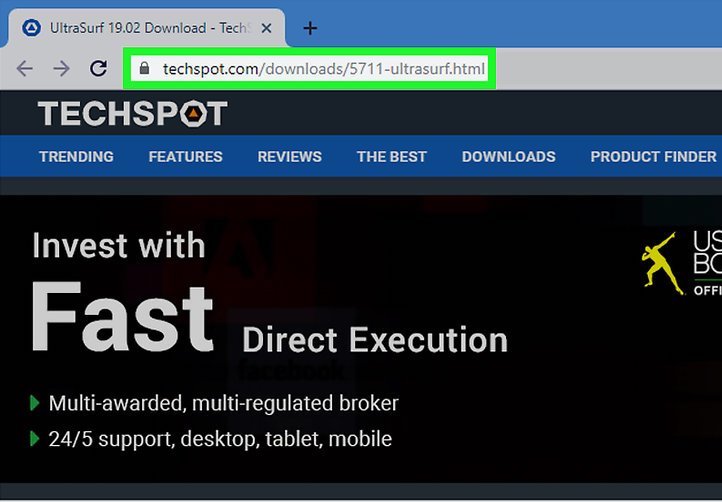
- Understand how to use UltraSurf:
- UltraSurf is a program that requires no installation, meaning you may be able to use it on heavily restricted computers. It connects to the closest available proxy using your computer’s default browser and then opens an incognito (or private) window in that browser. You can then use the browser to visit blocked or restricted sites.
- Unfortunately, UltraSurf is only available on Windows computers.
- Open the UltraSurf website:
- Go to https://www.techspot.com/downloads/5711-ultrasurf.html in your computer’s web browser.
- If you can’t download this program on a restricted computer, download it at home and put it on a flash drive. You’ll then be able to run the program from the flash drive.
- Click Download Now:
- It’s a blue button in the upper-left corner of the page. Doing so prompts UltraSurf to begin downloading onto your computer.
- UltraSurf will download in a ZIP folder.
- Extract the UltraSurf ZIP folder:
- To do so:
- Double-click the ZIP folder.
- Click the Extract tab.
- Click Extract all.
- Click Extract.
- To do so:
- Open UltraSurf:
- Double-click the u1704 icon in the extracted folder. UltraSurf will begin running immediately.
- If you downloaded UltraSurf onto a flash drive, plug the flash drive into the restricted computer and open it.
- Wait for your default web browser to open:
- UltraSurf will take a few seconds to find and connect to an optimal proxy server that isn’t blocked on your network.
- Browse unrestricted:
- Once the browser window opens, you can use it to search for restricted content or view blocked sites.
Method 3: Using a Web-Based Proxy
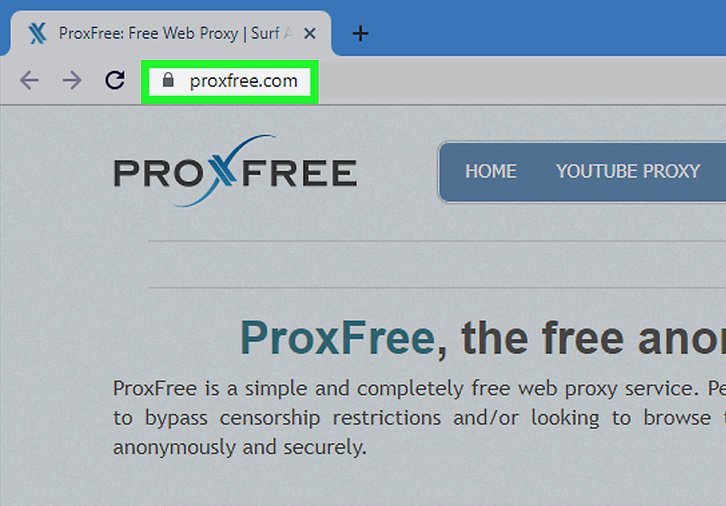
- Open a web browser:
- Click or double-click the app icon for your library computer’s default Internet browser.
- Go to a proxy site:
- There are countless free proxy sites available, but some popular ones include:
- ProxFree: https://www.proxfree.com/
- HideMe: https://hide.me/en/proxy/
- CroxyProxy: https://www.croxyproxy.com/
- If your network has blocked access to these proxies, type “online proxy free” into a search engine and click through the results until you find an unblocked proxy.
- There are countless free proxy sites available, but some popular ones include:
- Find and click the search bar:
- You’ll usually find the “URL” or “Website” text box in the middle of the page.
- Enter a web address:
- Type the web address of a blocked site (e.g., “www.facebook.com”) into the text box.
- Most proxies don’t support keyword searching in the search bar, but you can go to a standard search engine (e.g., Google) inside the proxy and search for keywords from there.
- Press Enter:
- Doing so will prompt the proxy to begin loading your website.
- Since proxies don’t use direct paths from your computer to a server, this may take a few seconds longer than usual.
- Browse unrestricted:
- Using the proxy’s tab, you should be able to access previously blocked websites. Stay within the proxy’s tab to do this; opening a new tab or browser window and attempting to access blocked content from there will not work.
Method 4: Using a Smartphone as a Hotspot
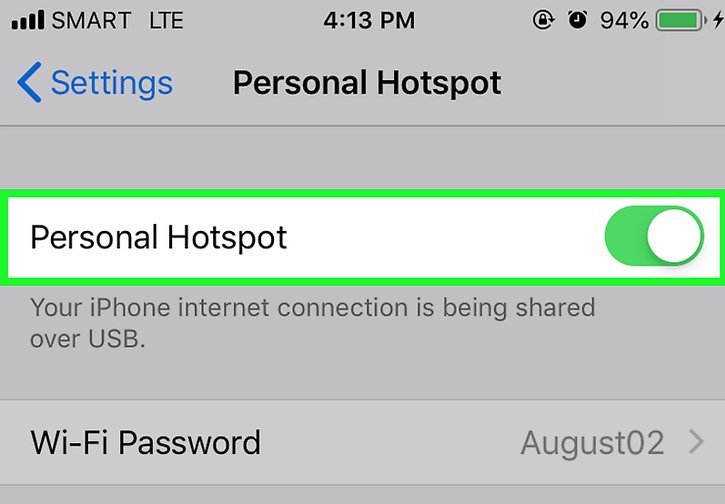
- Make sure your carrier allows tethering:
- “Tethering” refers to using your smartphone’s cellular data as a Wi-Fi connection on a computer. Not all carriers allow this feature, but many will unlock tethering upon request (sometimes for a small fee).
- Call your carrier to ensure your smartphone allows tethering.
- Turn off your smartphone’s Wi-Fi:
- iPhone: Open Settings, tap Wi-Fi, and tap the green “Wi-Fi” switch.
- Android: Swipe down from the top of the screen, long-press the Wi-Fi icon, and uncheck or toggle off the “Wi-Fi” entry.
- Plug your smartphone’s charger into the computer:
- The rectangular USB 3.0 side of your smartphone’s charger should plug into one of the USB ports on your computer.
- If you’re using a Mac with Thunderbolt 3 (USB-C) connectors, you’ll need a USB 3.0 to USB-C adapter to connect your charger cable to your Mac.
- Attach your smartphone to the charger cable:
- Plug the other end of the charger cable into the bottom of your iPhone or Android.
- Enable hotspot tethering for your smartphone:
- This will vary depending on your device:
- iPhone: Open Settings, tap Personal Hotspot, and tap the white “Personal Hotspot” switch.
- Android: Swipe down from the top of the screen, tap the Settings icon, tap More below the “Wireless & networks” heading, tap Tethering & portable hotspot, and check or toggle on the “USB tethering” option.
- This will vary depending on your device:
- Select your smartphone as the Internet connection:
- On most computers, your smartphone’s connection will be prioritized due to its Ethernet standing. If not, click the “Wi-Fi” (Windows) or (Mac) icon and select your phone’s name.
- Unlike wireless tethering, you won’t need to input your tethering password (listed in the tethering menu) to connect to your phone.
- Browse unrestricted:
- Since you’re connected to a cellular network and not the Internet in your current location, you should be able to bypass any restrictions.
- Keep in mind that tethering consumes a large amount of cellular data, so you may incur charges on your bill if you download files, stream videos, or browse for too long.

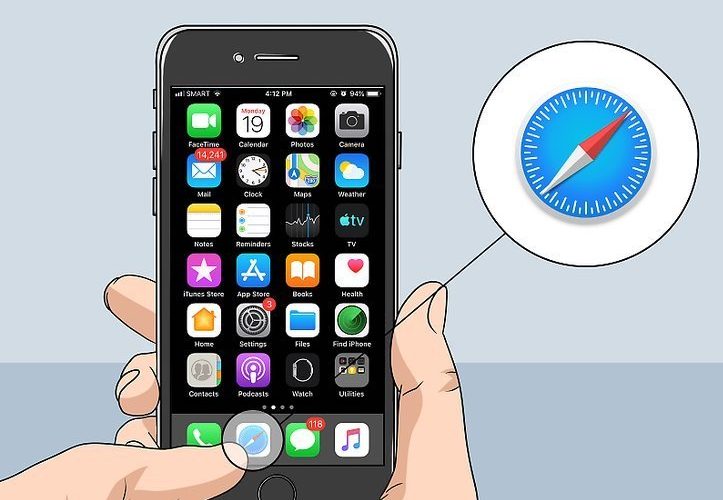

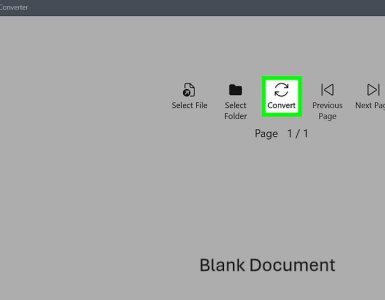
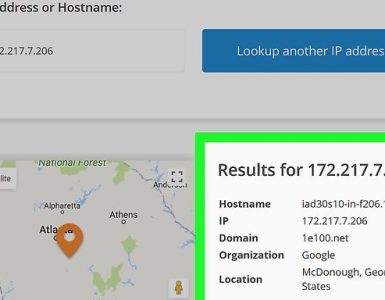









Add comment